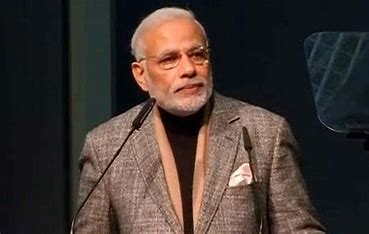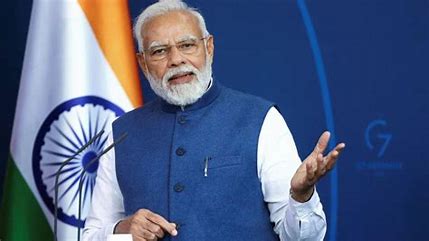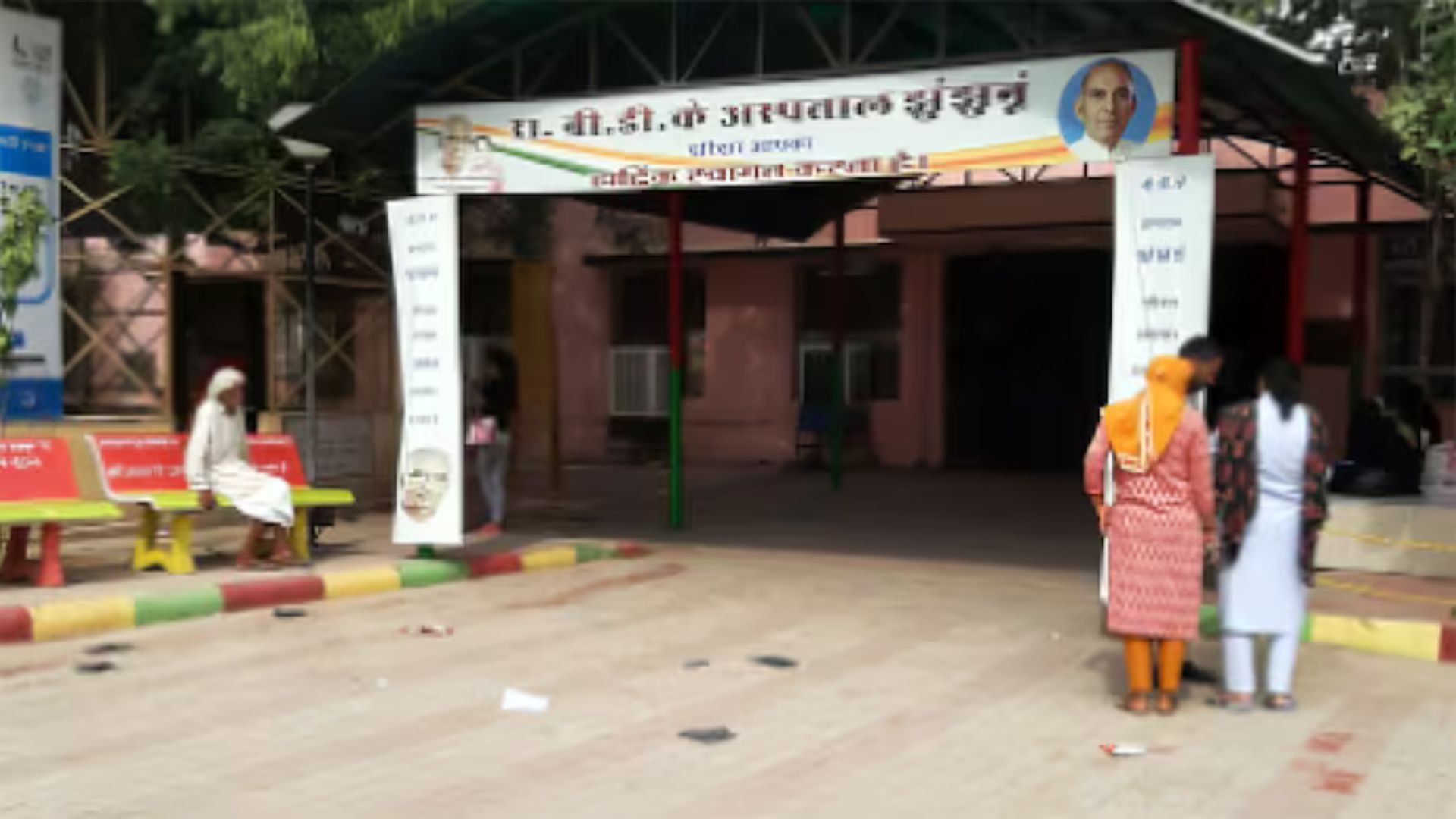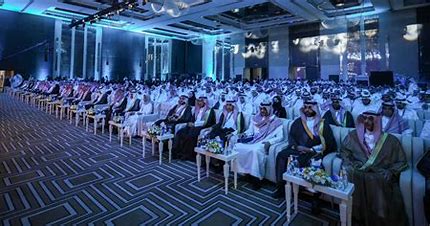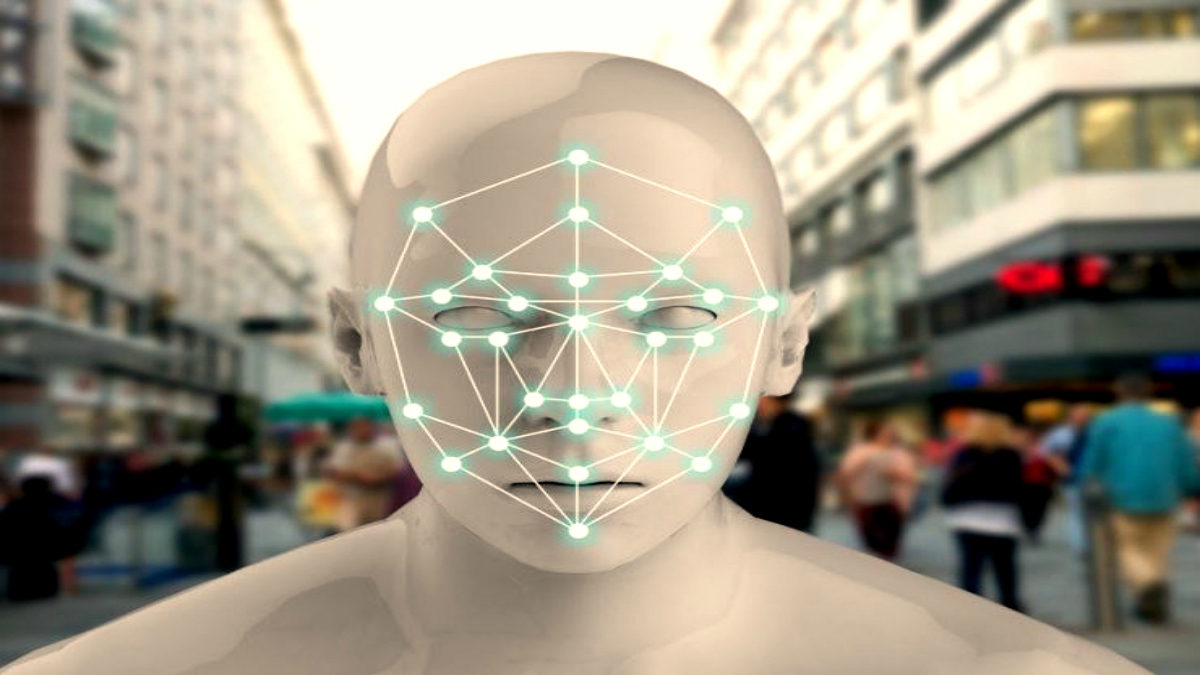
Recently on 11st August,2020, the hon’ble UK Court of Appeal (Civil Division) in a case titled ‘R. (Bridges) V. The Chief Constable of South Wales Police’, bearing Case No: C1/2019/2670 rendered a landmark judgement dealing with the interrelation of policing, right of privacy, data protection regime, human rights, public sector equality duty visà-vis the Automated Facial Recognition System (AFR). The hon’ble Court has made pertinent observations which would, undoubtedly, set the tone for its future development in India and worldwide.
The case relates to two events on 21st December, 2017 and 27th March, 2018 at Queen’s street and Defence Exhibition at Motorpoint Arena respectively wherein the South Wales Police (SWP) had deployed AFR for the purpose of surveillance of the visitors/protestors. It was the case of the Appellant i.e. Mr. Edward Bridges that the Police Force had not taken sufficient steps to inform general public about the use of AFR at the area in question thus the same resulted in violation of provisions of different statues viz. section 43 of the Data Protection Act 2018 (DPA), section 149(1) of the Equality Act 2010 (EA Act), noncompliance of Surveillance Camera Code of Practices etc. thus resultantly it was an disproportionate and excessive invasion on the right of privacy of the concerned individuals. He further contended lack of legislative framework regulating the usage of AFR.
The Divisional Court of the Queen’s Bench Division (Lower Court) had dismissed the Appellant’s claim for judicial review challenging the legality of the use of AFR on the two events, however the Appellate Court i.e. Court of Appeal, after extensively discussing the international law on this subject, allowed the appeal and observed that the afore-said two events did in fact in violate the DPA, EA Act and the European Convention on Human Rights. The hon’ble Court observed in Para 152 of the judgement that ‘AFR Locate fails to satisfy the requirements of Article 8(2), and in particular the “in accordance with the law” requirement, because it involves two impermissibly wide areas of discretion: the selection of those on watchlists, especially the “persons where intelligence is required” category, and the locations where AFR may be deployed.’ Further, the Court went on to opine in Para 164 that ‘It is said that there is scientific evidence that facial recognition software can be biased and create a greater risk of false identifications in the case of people from black, Asian and other minority ethnic (“BAME”) backgrounds, and also in the case of women.’
Likewise, in America also the use of AFR has drawn strong flak from various sectors for it being a tool of mass surveillance, lack of adequate statutory framework regulating the use of AFR, encouraging racial profiling etc. So much so that it has compelled several companies to temporarily put a moratorium on its use in America for some time until adequate law in this regard is enacted.
India has also approved the implementation of AFR with the objective of having ‘A robust system for identifying criminals, missing children / persons, unidentified dead bodies and unknown Traced children/persons all over the country…Enhanced ability to detect crime patterns and modus operandi across the states and communicate to the State police departments for aiding in crime prevention’. The National Crime Record Bureau (NCRB), under aegis of the Ministry of Home Affairs (MHA), is the nodal agency overseeing its implementation and is posed to be the world’s largest database of Auto Facial Recognition System in 2021.
Use of AFR: A double-edged sword
Although, the AFR would result in more efficient and productive policing considering that its ability to screen mass gathering of people in matter of few seconds which would be very useful considering that India’s huge population, aid in early and timely identification of any miscreants/history shetters etc. It may be pointed out that the use of cameras for the purpose of surveillance is not something out of the blue; and it has been used and continues to be used in India and abroad at various public places such as Museums, Stadiums, Courts, offices and even at schools and colleges. The advocators of the AFR have often supported their use citing proof of documentary evidence in case of any untoward incident. The hon’ble High Court of Delhi in case titled ‘Daniel George V. Government of Nct of Delhi’, bearing W.P. (C) 7083/2018, is currently hearing a plea seeking removal/ban of CCTVs in Delhi schools and as of now to the best of author’s knowledge no stay has been granted by the Court.
It is very likely that in India also AFR would have to withstand strict judicial scrutiny on several account of several legal, regulatory and policy issues accounts such as its apparent invasion on the right of privacy of an individual which has been time and again been recognized as a fundamental right under the Article 21 of the Indian Constitution (See for example Justice K. S. Puttaswamy V. Union of India, (2017) 10 SCC 1 aka the Privacy case), its interrelation with the yet to be enacted Date Protection Bill, 2019, purported violation of Articles 14, 19, 21 of the Indian Constitution etc. In addition to this, several other pertinent legal questions would also arise as to whether surveillance by AFR/State would satisfy the triple test of legitimate state purpose, existence of corresponding law, proportionality as propounded by the hon’ble apex court in the privacy case, further, whether the use of AFR has the potentiality of turning India into ‘Orwellian State’ is also one of several factors which has to be looked into. Perhaps, one could in this regard take a cue from the recent hon’ble Supreme Court judgement in K. S. Puttaswamy v Union of India (Aadhaar case), (2019) 1 SCC 1, to understand some of the myriad legal and factual aspects which could be an obstruction in the successful deployment of the AFR in Indian sub-context.
The Way Forward
Enactment of a specific legislation on AFR would be correct way foreword which would inter-alia establish a central and a state authority to oversee its nationwide and state-wise implementation in a phased and controlled manner, detailed guidelines on the storage, preservation and security of data etc.
Further, Standard of Procedure (SOP) on the use of AFR could also be prepared after taking into consultations the views of various stakeholders which could inter-alia enlists the manner and extent of publicity of usage of cameras at the proposed site, password protected access to data that too after written consent from a designated authority, automatic deletion of data after a specific period of time etc. The afore-said steps could to a certain extent ally the concerns of infringement of privacy bearing in mind that no fundamental right be it the right of privacy or any other is an absolute right and, if the situation so warrants, it must yield to compelling public and societal interest, thus what is required is a balance of two competing interest i.e. uses of AFR for better Policing vis-à-vis the fundamental rights of an individual.


